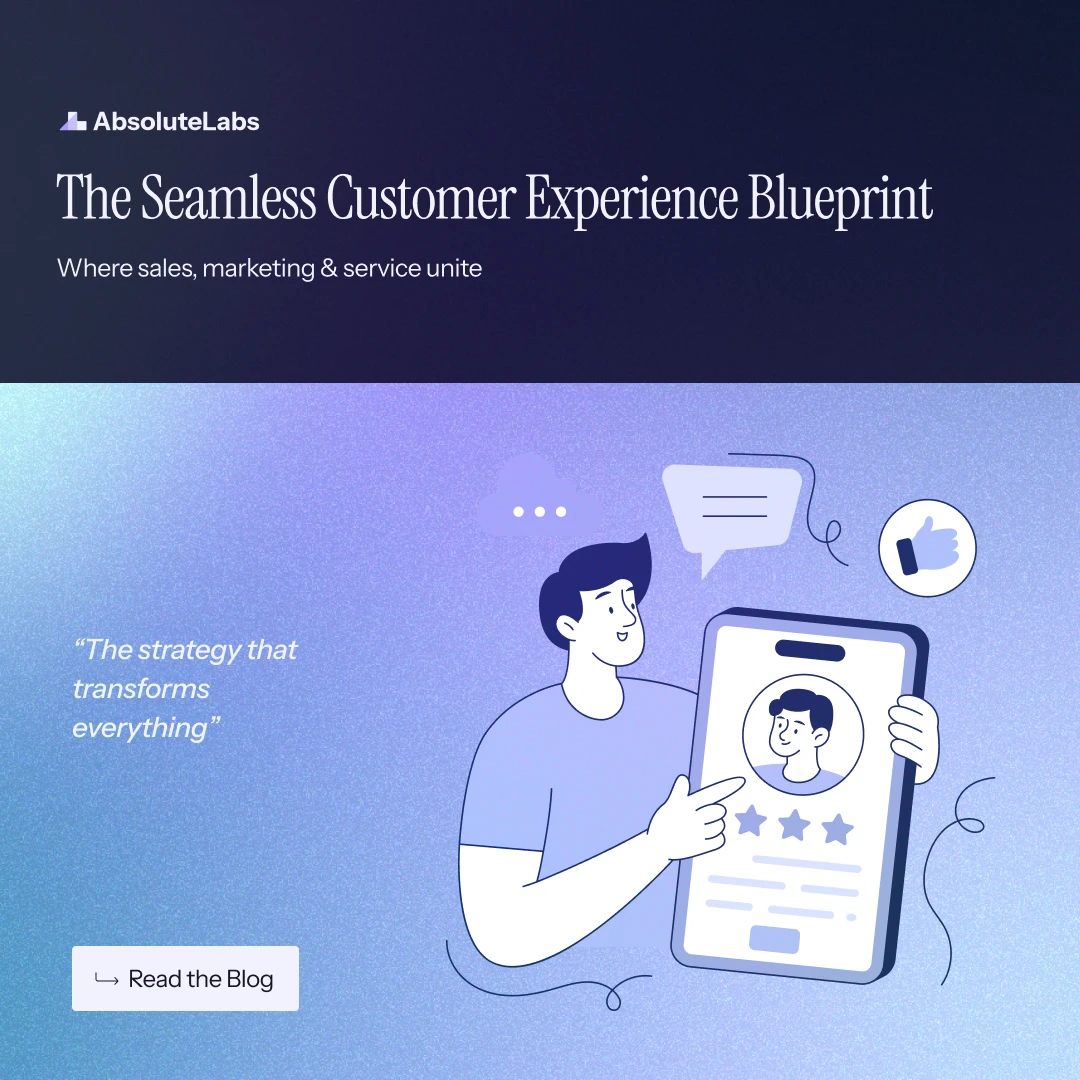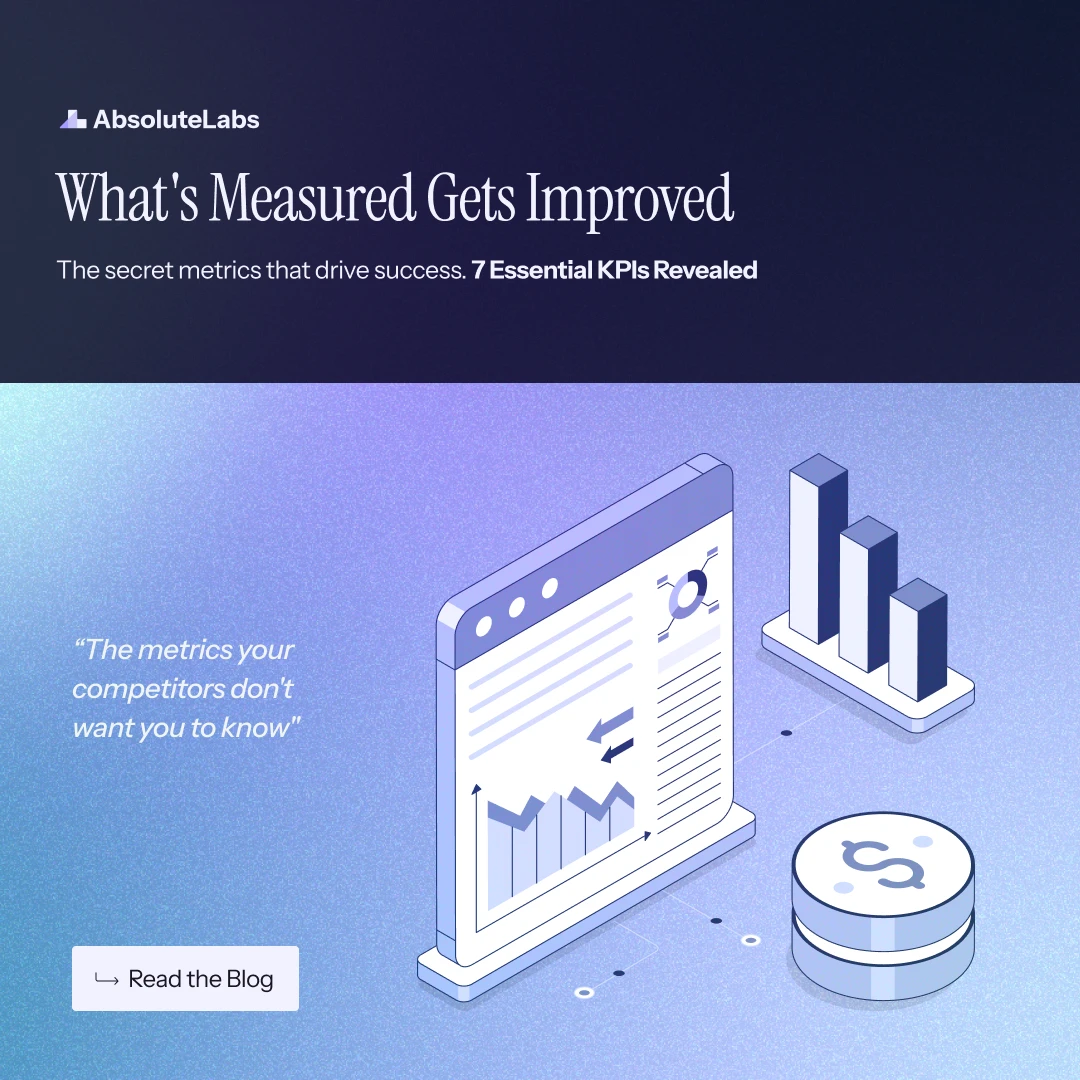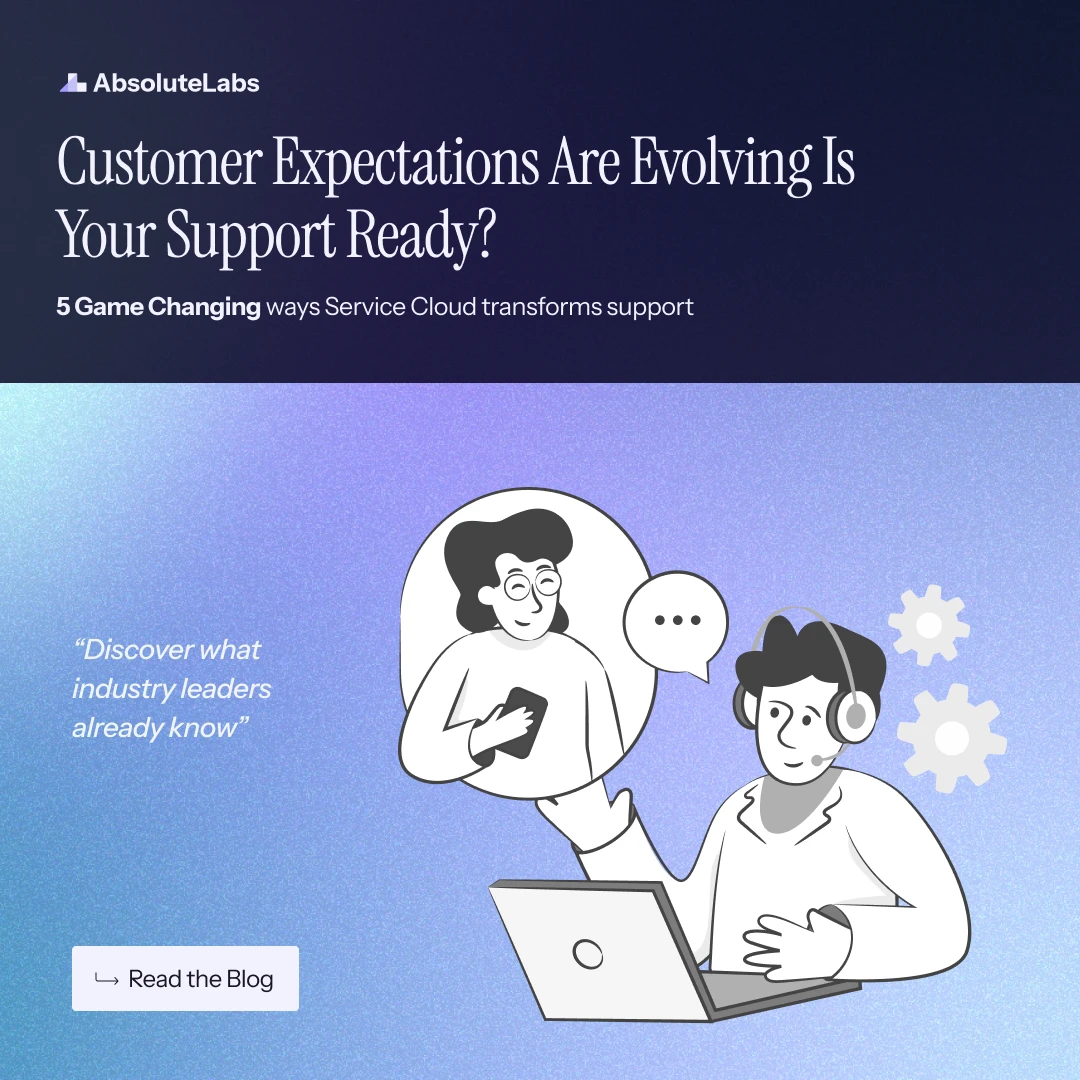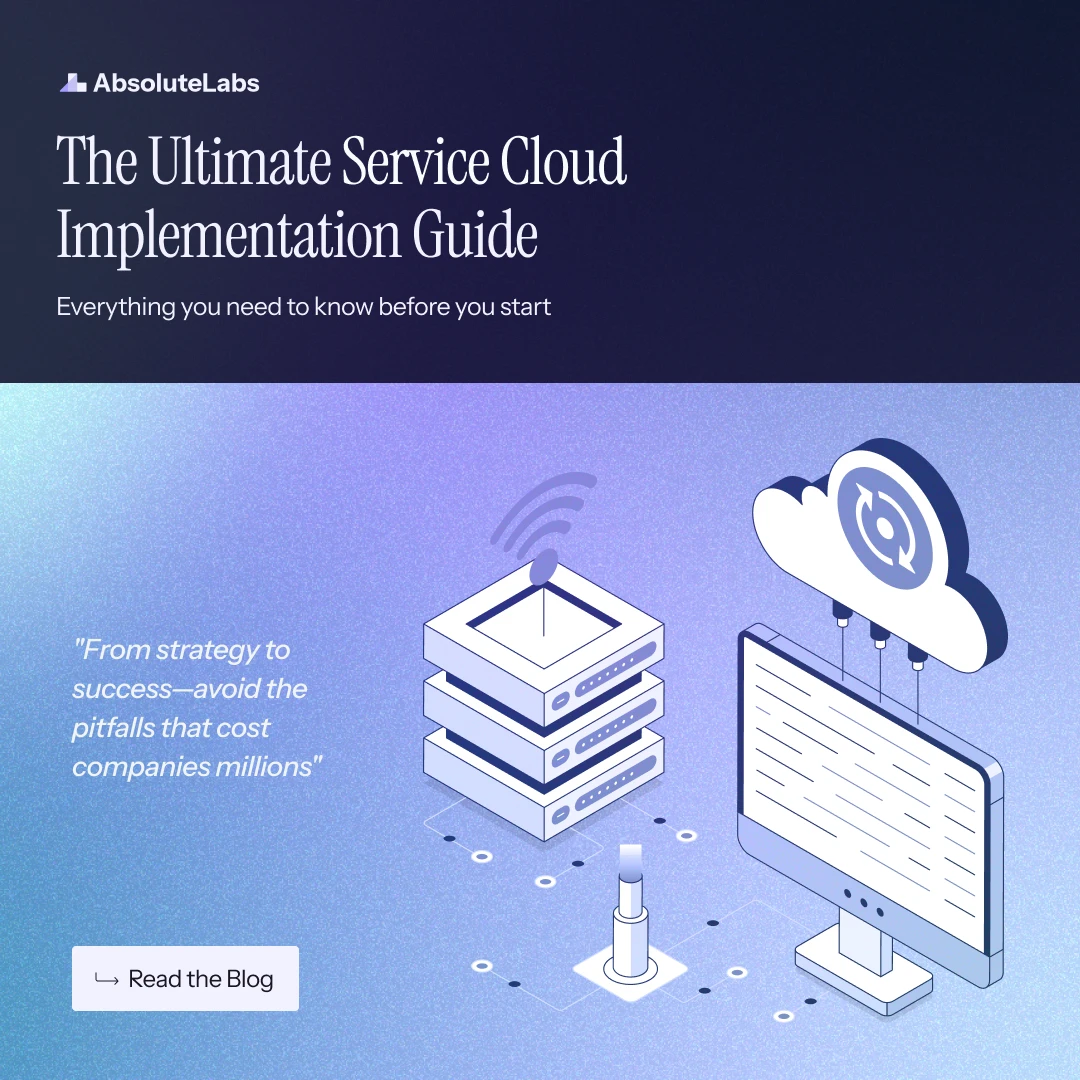Integrating Service Cloud with External Systems: Technical Architecture Guide
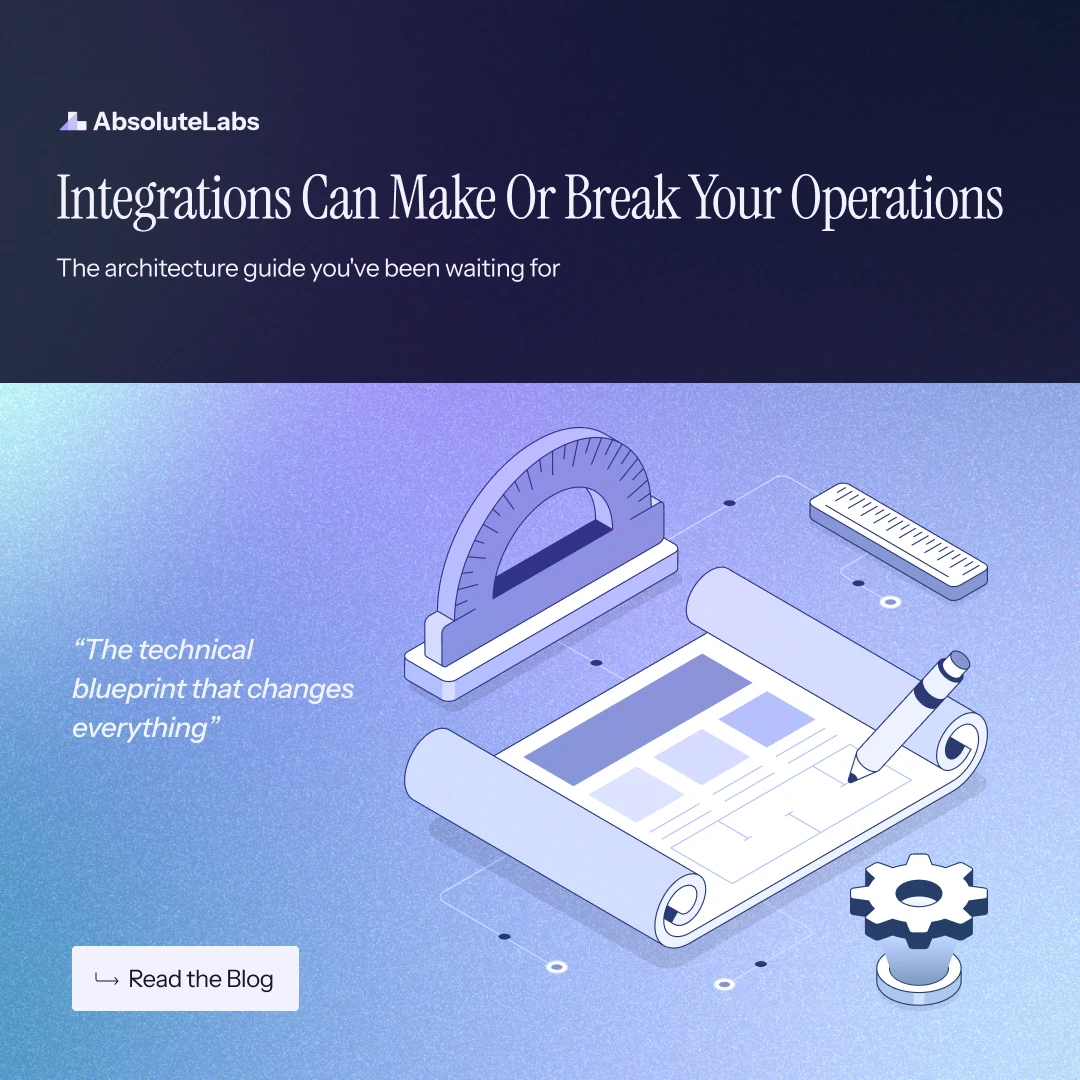
Integrating Salesforce Service Cloud to external systems plays a key role for companies looking to boost customer service and provide seamless customer experiences. This link-up allows businesses to bring together customer data, simplify workflows, and improve service delivery.
Companies that have integrated Salesforce Cloud Services into external systems often report better data accuracy, satisfied customers, and more effective operations. By creating seamless connections between different applications, businesses can ensure data consistency and get a full picture of customer interactions - the key to informed decision-making and personalised service.
Read this guide to learn about the technical architecture considerations and integration patterns to achieve effective Service Cloud integration.
Salesforce Integration Capabilities
Salesforce provides several tools & features for integration:
- Salesforce Connect: Gives users access to external data sources in real time without data duplication letting users view and interact with external data.
- APIs (REST/SOAP): Salesforce offers strong REST and SOAP APIs to communicate with external systems. These APIs support operations like data retrieval, creation, update, and deletion.
- External Services: Makes it easier to connect with external APIs using simple tools and OpenAPI specs. This allows developers to add external services and use them in Salesforce without extensive coding.
Understanding Integration Architectures
When planning integrations, select an architecture that fits your organisation's complexity and scalability. The choice of architecture depends on factors such as: the number of systems involved, data volume, and the need for real-time data exchange.
Common integration architectures include:
- Point-to-Point integration: Direct connections between two systems good for simple integrations, but hard to scale as the number of connections increases.
- Hub-and-Spoke integration: A centralised hub allows communication between multiple systems making it easier to scale and manage by cutting down on direct connections.
- Enterprise Service Bus (ESB): A middleware solution allowing complex integrations across several systems–making services more flexible & reusable.
Integration Patterns & Best Practices
Effective integration demands certain established patterns and best practices, such as:
- Remote process invocation: Salesforce can invoke processes in external systems in real-time or in the background ensuring quick data processing and system compatibility.
- Batch data synchronisation: When real-time data exchange isn't crucial, batch processing can sync large data sets between systems at scheduled intervals, cutting down on system load.
- UI integration: Embedding external system interfaces within Salesforce gives users a unified experience, cutting down on the need to switch between apps.
- Error handling and logging: Setting up strong error handling & logging systems is essential to keep an eye on integration health and to help fix issues.
Adopting these patterns helps to create integrations that can scale, are easy to maintain, and work well.
Security Considerations
Keeping integrated systems secure is crucial and can be accomplished by:
- Authentication & authorisation: Use secure protocols such as OAuth 2.0 to authenticate & authorise access between systems. This ensures only permitted entities can interact with your Salesforce instance.
- Data encryption: Safeguard information through encryption both in transit & at rest. This prevents unauthorised access of confidential material and security breaches.
- Compliance: Check all integrations adhere to mandatory industry regulations & organisational guidelines such as GDPR or HIPAA, to ensure data stays private and protected.
Tools and Technologies
Selecting the right tools helps to integrate systems effectively:
- Middleware solutions: Tools like MuleSoft work as go-betweens that link different systems. They offer ready-made connectors and integration templates to make the process smoother.
- Integration Platforms as a Service (iPaaS): These cloud services provide scalable and flexible ways to integrate. They allow companies to connect their applications without spending a lot on infrastructure.
- Custom development: Sometimes when needs are unique custom-coded solutions might be necessary to achieve the desired integration results using Salesforce's Apex programming language or other external programming languages.
Get Started with Service Cloud Integration
Integrating Salesforce Cloud Service with external systems is a strategic initiative that can significantly boost customer service operations. Using the right tools & technology also ensures these integrations are scalable and maintainable. Ultimately, this leads to better customer experience and business success.
Want to enhance your customer service operations with seamless Cloud Services Salesforce integration? At AbsoluteLabs, we provide custom-made Salesforce solutions that streamline processes, improve data accuracy, and elevate customer engagement. Our team of certified experts will help you through every step of the integration process by offering strategies made just for your specific business goals.
Start your journey by getting in touch with us today.



